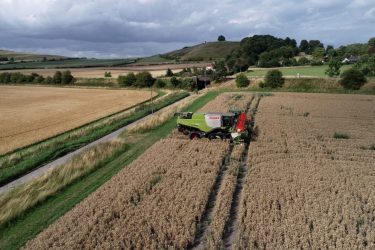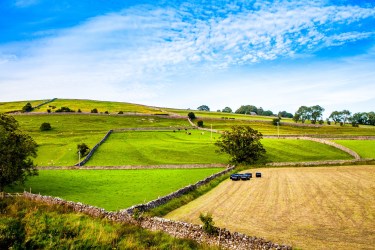By Vicki Halliwell
Blended, bundled and stacked don’t necessarily sound like words you’d associate with money, let alone agriculture, but outside the European Union, they could be words UK farmers are soon getting used to.
With the government pledging to spend public money on public goods when it comes to farming, and with a smaller funding pot also likely, DEFRA won’t just need new ways to pay farmers for providing ecosystems services, but a new system through which to pay them too.
Here, we’ve picked apart some of the funding systems currently being talked about by agricultural experts to understand what each one could really mean for UK farmers.
Stacked finance
Talk about stacking ecosystem service payments has grown considerably in recent years.
In its simplest form, stacking allows payments to be made for different ecosystem services on the same parcel of land, and those stacks can exist in either vertical or horizontal forms.
Vertical stacking allows the same parcel of land to receive multiple payments for a single activity, such as using woodland planted for carbon credits to also obtain credits for improving water quality or reducing flood risk.
Meanwhile, horizontal stacking allows the same fiend to receive different ecosystem service payments for a single activity, but on different areas of the field.
In practice, that could mean that woodland planted alongside a watercourse could receive water payments for improving water quality, while another area of woodland in the same field could receive carbon capture credits.
Bundling
Bundling finance offers a single payment for providing a range of different ecosystem benefits in an area without valuing specific services, meaning that all services provided by an area are supported.
As an example, the management and restoration of peatland offers a range of ecosystem services including flood control, carbon storage, habitat and biodiversity management and enhancement, and clean water.
Under a bundling system, a land owner would receive a single payment for providing all of those services.
Experts suggest bundling could be a good solution for managing difficult areas such as wetlands and peatlands.
Private and blended finance
Deemed by experts as the most obvious way to attract private finance to the ecosystem services sector, blended finance involves using public or third sector funding to offer initial support to develop scalable environmental improvement schemes.
Once scaled-up, the idea is those schemes produce financial returns – and offer a reason for private investors to invest their capital.
In practice, that could mean land managed to reduce flooding on one or a small number of farms being scaled up to catchment or landscape level, reducing flooding over a wider area.
This would then attract private funding from investors such as insurance companies or water companies to reduce costs.
An important element of this type of funding would be to ensure all potential investors – both public and private – are brought in at the very start of a project to assess the potential financial support available.
The government has already talked about the need for private investment in the provision of ecosystem services, and there are some good examples already being delivered by water companies.
Thames Water and Severn Trent, for example, already offer landowners schemes to improve water quality and biodiversity, reducing treatment costs and ensuring water quality standards are met while improving habitats and wildlife.
Whatever option — or combination of options — the government eventually decides on, the Promar Environment team will be here to advise and help farmers manage any changes to their businesses.








